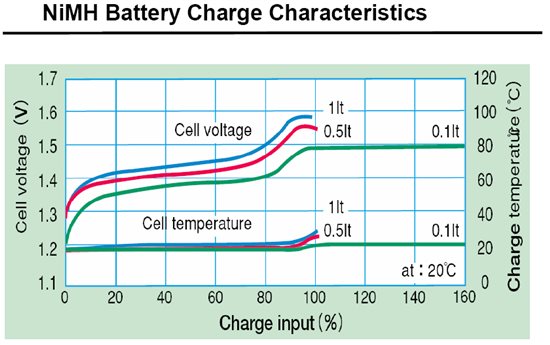Hi-
Is it OK to power the BQ2000T from a 5V regulator which is reference to system ground rather than the local VSS on the other side of the current sense resistor?
What is the switching frquency of this device? Thanks and Best Regards,
-Tim Starr on behalf of JK@N


